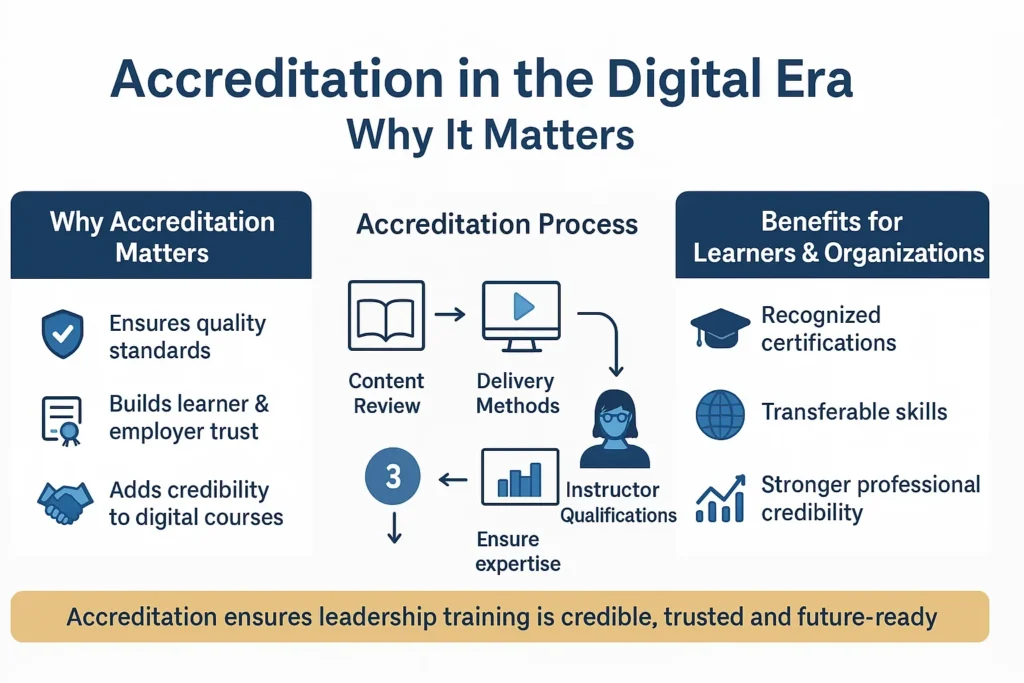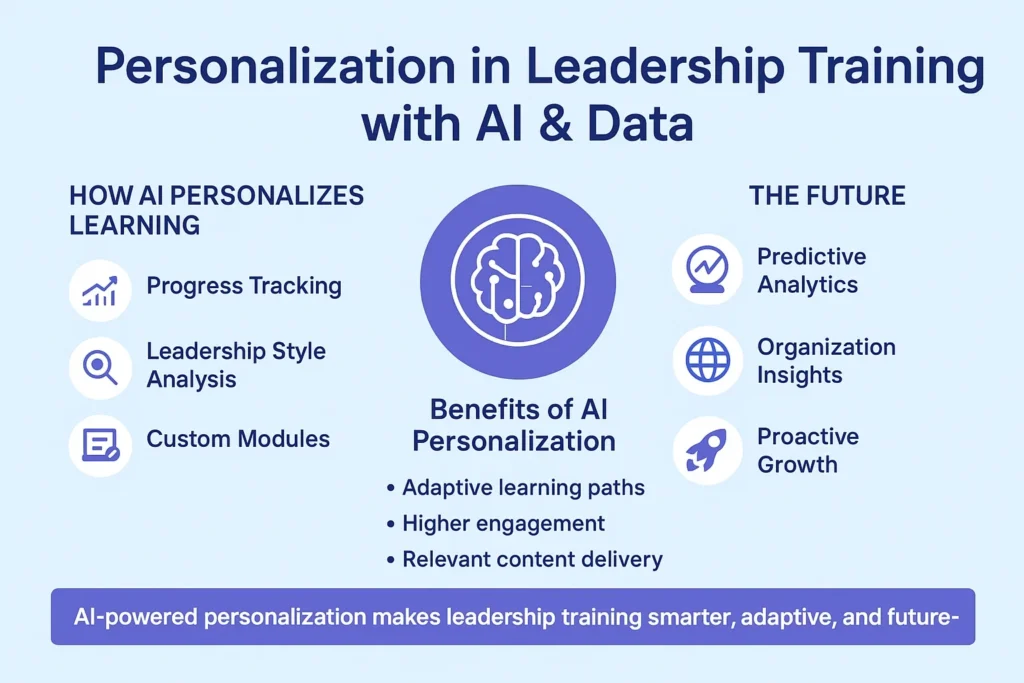Until not long ago, leadership training looked more like sitting in conference rooms, flipping through printed manuals and hearing from speakers live. And although that model may have worked for an era when the workplace looked very different, it does not work today. Business is global, teams are dispersed and technology has redefined how we work and learn. This change also brings new challenges and opportunities to those who invest in the next generation of leaders.
In a digital-first era, leadership coaching is not just about imparting management skills. It’s to prepare leaders who know how to lead hybrid teams, leverage technology in powerful ways and inspire others in a rapidly changing world. Leadership training has never been more flexible, with online learning programs and micro-learning modules as well as virtual coaching. But with organizations embracing new models, a related question is increasingly important: How do you decide which programs are credible and worthwhile investments? Which brings in to focus the element of accreditation: this will guarantee that your selected training is known, reputable and delivers.
Setting the Foundation: Accreditation and Standards in a Digital Era

As leadership coaching moves online, the demand for quality assurance continues to grow stronger. Not every digital course or workshop carries the same weight, and in a crowded marketplace, it can be challenging to distinguish valuable programs from those that merely appear polished. This is where accreditation comes in. Accreditation verifies that a course meets established standards, which provides both learners and organizations with confidence in the training’s legitimacy.
So, how to get a course accredited? This is often the first question organizations ask when they begin exploring leadership development programs. Accreditation not only enhances the credibility of a course but also it adheres to recognized guidelines, making it more appealing to professionals and institutions alike. Accreditation bodies assess content, delivery methods, instructor qualifications, and measurable outcomes. This means participants don’t just complete a course; they walk away with knowledge and certifications that carry weight in the professional world.
By prioritizing accredited training, businesses can make sure that they’re building strong leaders with skills that are transferable and respected across industries. In the digital-first world, this credibility becomes essential, since leaders often rely on virtual platforms and digital credentials to demonstrate their expertise.
The Shift to Hybrid and Virtual Learning Models
The way we learn, it’s changing so much. As hybrid workplaces become more widespread, leadership skills development is now in the form of virtual classrooms, interactive webinars, and blended learning programs. These techniques enable professionals to learn at their own pace while also providing opportunities for live interaction.
The benefits are clear. Online training lowers overhead costs, eliminates geographical barriers to participation, and opens opportunities for training to a broader population. Leaders can sign up from anywhere in the world and interact with peers across time zones. But there are also challenges. It’s easy to become fatigued by the digital offerings available, which can be time-sensitive or of low quality, without thoughtful consideration of design. Virtual lessons could feel cold as a result. The future of leadership development will hinge on finding the right balance between technology-guided learning and genuine, human connection.
Personalization through AI and Data

New trends in leadership coaching: Developments such as artificial intelligence and data analytics, which enable personalization of the learning experience, make it one of the most exciting areas. Leaders no longer need to participate in a costly, one-size-fits-all programme: Instead, they can enjoy custom-made modules that have been developed specifically around their weaknesses and strengths – and aspirations.
Just think if there were a platform that monitored your progress, diagnosed the style of leadership you are known to use, and suggested a particular simulation or exercise designed for you. That’s already happening. AI-enabled solutions can create personalized learning paths, ensuring that every learner consumes the right and engaging content tailored to their needs. Businesses can measure progress more effectively, identifying which leaders need help before it negatively impacts team performance.
One day, it may be possible for predictive analytics to predict which leadership qualities the organization will need based on market/employee data. This enables training to be proactive rather than reactive.
The Role of Soft Skills in a Tech-Driven Age
As digital platforms become central to leadership training, it’s easy to assume technology is the ultimate solution. However, the most effective leaders still rely on timeless human qualities: empathy, communication, resilience, and adaptability. These soft skills are often more complex to teach but are vital for building trust and motivating teams.
Digital training programs are finding innovative ways to teach these skills. Role-playing scenarios, gamified learning, and real-time simulations enable leaders to practice effective communication and problem-solving in a safe, virtual environment. For example, a leader might enter a simulation where they must handle a conflict in a global team. The platform can then provide instant feedback on how well they managed the situation.
Global Collaboration and Inclusivity

Leadership today is about more than managing a single team or department. Many leaders oversee global teams, work across multiple time zones, and navigate cultural differences. Digital platforms make it easier than ever to connect, but they also highlight the need for inclusivity.
The future of leadership coaching must be accessible to everyone, regardless of background, language, or ability. That means designing programs with diverse learners in mind and content that is inclusive and culturally sensitive. Digital platforms can support this by offering multilingual options, captioning, and adaptive accessibility features.
Measuring Impact in the Digital-First World
Traditional leadership training often relies on a numbers game of attendance or completion. But companies want more in a digital-first world. They aim to measure the impact of training on performance and career advancement.
With digital tools, engagement can now be tracked (down to the minute), and knowledge retention, as well as how leaders apply their new skills in so-called actuation or on the job, can also be measured. By one way or another, these systems could measure how often a leader uses conflict-resolution strategies learned in the course, for instance, or how much better their team’s productivity gets after completion.
This shift toward data-driven assessment means that leadership learning is not merely box-checking. Instead, it’s about quantifiable impact that helps both individuals and organizations grow.
The future of leadership learning for a digital-first world isn’t just about technology: It’s about developing flexible, trustworthy, and human-oriented leaders. From accreditation to personalization, from soft skills to inclusivity, the way we develop leaders is evolving rapidly.
Institutions that seize these changes will develop leaders who lead as well as administer. In the future, leadership learning will continue to be a critical investment for businesses, as well as the people who will lead them into the future.












